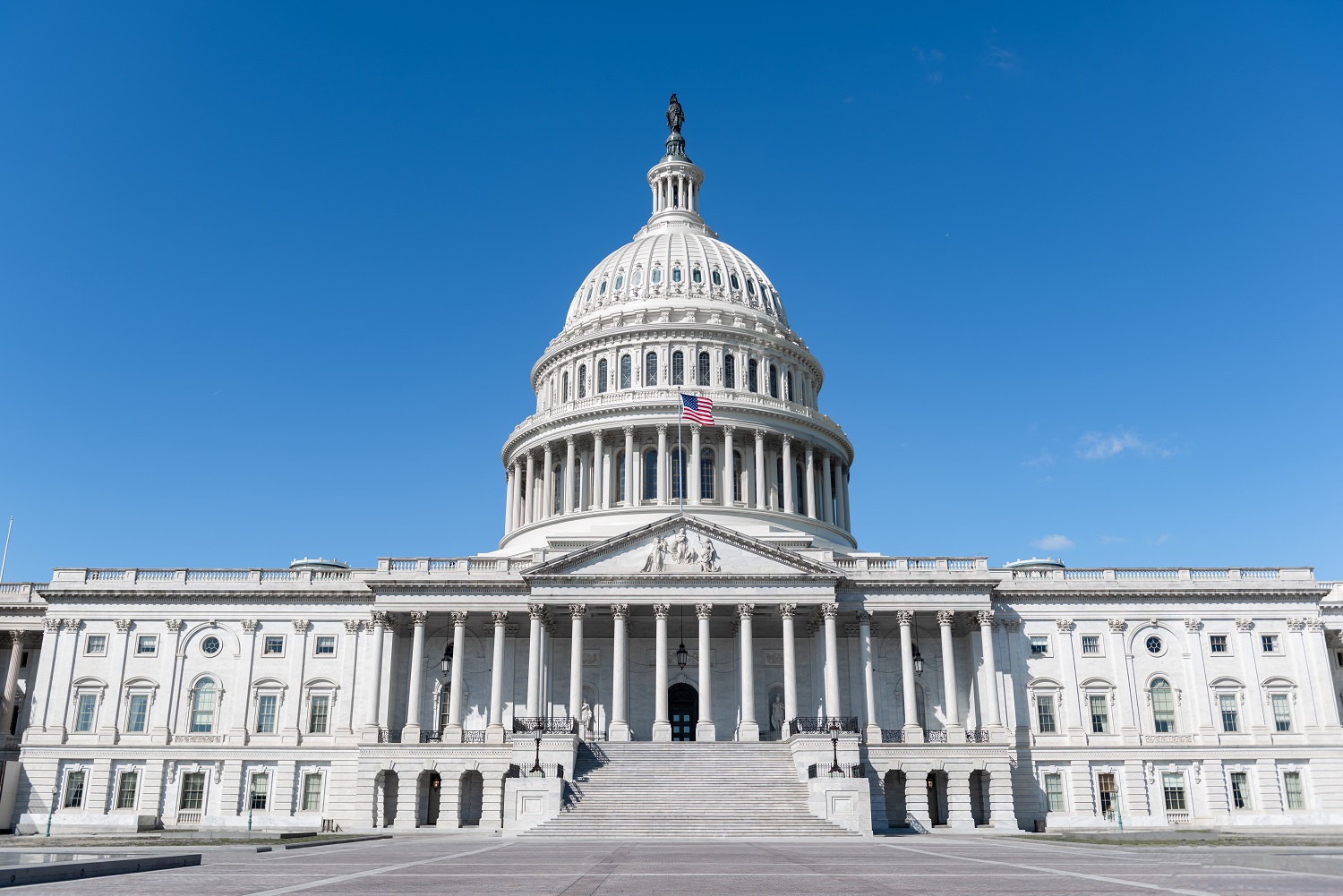The very same week that USAID and the Department of State submitted a joint redesign plan to the Office of Management and Budget, the coauthors of four recent reform proposals packed the CGD stage for a timely debate. With each proposal unique in approach and substance, moderator and senior policy fellow Cindy Huang had the tough task of keeping the event to a strict timeline. Thankfully, with help from a terrific panel—comprising Erol Yayboke and Nilmini Rubin representing the Center for Strategic and International Studies (CSIS), CGD senior policy fellow Jeremy Konyndyk, Jim Roberts of Heritage, and George Ingram representing the Modernizing Foreign Assistance Network—the event featured an engaging discussion and covered a lot of ground in just 90 minutes. Here are a few of the big questions that panel members grappled with as they authored their reports, including areas of consensus and divergence (USAID/State transition teams—and other administration officials—take note!):
Fragmentation: “Form should follow function,” but how ambitious should we be in reorganization?
The panel was unified on the idea that the current system is deeply fragmented, but members took different approaches when specifying the level of reorganization needed to increase efficiency and effectiveness to achieve US development goals. For Rubin, “bigger isn’t always better.” To consolidate and streamline, Yayboke advocated for the USAID administrator act as coordinator of foreign assistance, ultimately deciding which agencies should implement new US development programs. Ingram took this a step further, outlining a vision for the creation of a “bigger and more powerful” new development agency (while leaving development finance functions distinct), bringing the best practices and the main instruments of the wide range of existing agencies together under a single director of foreign assistance with cabinet status.
Inclusive economic growth: How can we better harness tools for catalyzing private investment and economic growth?
One of the more controversial subjects the panel broached was how to approach the roles and tools of the Millennium Challenge Corporation (MCC) and the Overseas Private Investment Corporation (OPIC). Roberts called for the breakup of USAID, the elimination of OPIC, and the shifting of development functions—outside of global health programs—to an outsized MCC. For Roberts, this was driven by a vision that US foreign assistance agencies should be focused primarily on strategies to help improve economic growth, with a greatly diminished focus on non-growth objectives. This was met with resistance from some of his fellow panelists. In response to the idea of an “MCC on steroids,” Rubin countered with the metaphor of the evening, noting that her minivan is great for shuttling her kids to school and activities but would make a terrible lawnmower. In other words, while the small, growth-focused MCC can operate very effectively in certain contexts, that doesn’t necessarily mean the agency is the right choice to take on a very different mission. Most of the proposals envision market-driven, private sector investment as critical to realizing development progress well into the future. Ingram emphasized the need to modernize OPIC to help crowd in the private sector in frontier markets—an idea also championed in the CSIS and CGD reports.
Humanitarian assistance and fragile states: Given a lack of proven methods and tools, how do we develop the systems we need to engage effectively in post-conflict environments?
Speaking from his experience at USAID’s Office of US Foreign Disaster Assistance, Konyndyk noted it was time to apply lessons from US humanitarian response to US development programs in post-crisis contexts. He outlined steps that would allow programming to be more responsive and agile: more aggressive use of competition waiver authority within USAID in certain transitional and insecure environments, a dedicated surge staff mechanism for development surge or post-crisis surge capacity, and earmark flexibility for missions in transition settings. The proposal from CSIS aimed to increase effectiveness and streamline assistance by consolidating programming under USAID, such as the Bureau of Conflict and Stabilization Operations, while keeping policy functions at State. Ingram observed that while these specific suggestions are important, what was missing from all the proposals was an overarching instrument in dealing with state fragility that effectively engages the “three Ds”: development, diplomacy, and defense.
Global health: How can we continue to build on past success?
US global health programs have some of the greatest evidence of effectiveness, so the question is often framed around how to improve coordination and build on existing progress. On the structural side, Yayboke recommended transferring PEPFAR to USAID’s Global Health Bureau to better help address what he sees as the changing face of tackling the HIV/AIDS crisis—one that is less of an emergency initiative and more focused on management and long-term sustainability. Konyndyk focused instead on the haphazard division of labor between PEPFAR’s implementing agencies, USAID and the Centers for Disease Control and Prevention. The current arrangement, which he sees as inefficiently maintaining parallel capabilities at both agencies, is not a functionally driven way to manage a multibillion-dollar aid program. We should move toward a deliberate arrangement where engagement plays to the comparative advantages of each agency. Roberts identified global health as an element of US development assistance worth preserving, but his view is that global health programs should be consolidated under the State Department and sit alongside US humanitarian functions.
Country graduation: How can we better match instruments and programs with country needs?
The panelists agreed that the United States requires a range of tools to address distinct development challenges, and that a broad aim should be to help countries transition away from traditional grant-based foreign assistance over time. USAID Administrator Mark Green has consistently suggested that developing models for strategic country transition will be a top priority during his tenure at the agency. Ingram highlighted the need for a transition strategy with benchmarks and plans to ensure sustainable engagement even after the United States is no longer providing traditional assistance. In a similar vein, Konyndyk highlighted the need for an updated toolkit to leverage private sector engagement and encourage domestic revenue mobilization in partner countries. Yayboke echoed this, and suggested the United States take a hard look at programs and missions that are not central to a newly crafted foreign assistance strategy, with a particular eye toward middle-income countries. Roberts reinforced that countries should be thinking about transition “all the time.”
This event was a great chance to learn more about the motivating factors behind elements of the reform proposals—and an opportunity to identify common ground.
If you missed the conversation, you can still watch the webcast here. And be sure to visit the proposals themselves:
- A Practical Vision for US Development Reform, Center for Global Development
- Reforming and Reorganizing US Foreign Assistance, Center for Strategic and International Studies
- 13 Recommendations for Reforming America’s Foreign Aid, The Heritage Foundation
- A New Foreign Aid Architecture Fit for Purpose, Modernizing Foreign Assistance Network
- State Department Reform Report, The Atlantic Council (invited, but could not attend)
Disclaimer
CGD blog posts reflect the views of the authors, drawing on prior research and experience in their areas of expertise. CGD is a nonpartisan, independent organization and does not take institutional positions.
Image credit for social media/web: Social media image by Kaveh Sardari





